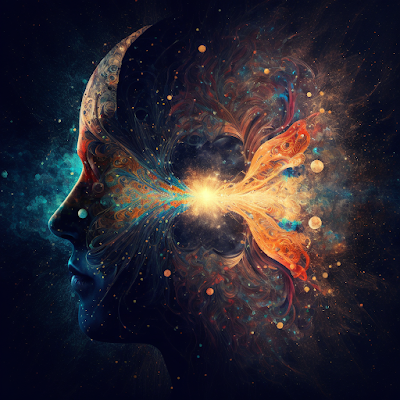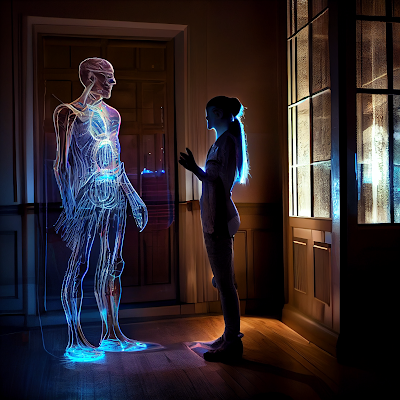From Nothing to Everything: How the Universe Formed
Introduction
The universe has always been a fascinating topic for scientists and astronomers. From the beginning of human civilization, people have been trying to understand how the universe formed and how everything in it works. The prevailing theory of the universe's origins is the Big Bang model, which suggests that the universe began as a hot and dense singularity around 13.8 billion years ago. In this blog post, we will discuss the Big Bang theory, how the universe formed, and how it has evolved over time.
The Big Bang Theory
The Big Bang theory was first proposed by Belgian physicist Georges Lemaitre in the 1920s. It suggests that the universe began as a hot and dense singularity and has been expanding and cooling ever since. The theory gained widespread acceptance in the 1960s, when scientists discovered the cosmic microwave background radiation. This radiation is thought to be a remnant of the intense heat from the initial expansion of the universe and provides strong evidence for the Big Bang.
Formation of Atoms
The early universe was incredibly hot and dense, with particles constantly colliding and creating new particles. As the universe expanded, it cooled and allowed for protons and neutrons to form, which in turn formed atoms. The first atoms that formed were hydrogen and helium, with trace amounts of lithium.
Formation of Stars and Galaxies
As the universe continued to expand and cool, gravity began to pull matter together to form the first stars and galaxies. These first stars were incredibly massive and luminous, and they quickly depleted the available hydrogen and helium in their vicinity through nuclear fusion. As they died, they exploded as supernovae, scattering the heavier elements they had created into space. These elements, such as carbon, oxygen, and iron, would eventually form the building blocks of planets like Earth and the life that exists on them.
Evolution of the Universe
Over time, gravity continued to pull matter together to form larger and larger structures, such as clusters of galaxies and galaxy superclusters. The universe is still expanding today, and scientists continue to study the distribution of matter to better understand how structures formed and how they continue to evolve. One of the most remarkable predictions of the Big Bang theory is that the universe should be homogeneous and isotropic on large scales. This prediction was confirmed by the cosmic microwave background radiation, which is nearly the same temperature in all directions and has small temperature fluctuations that correspond to the seeds of galaxy formation.
Cosmic Inflation
The current understanding of the universe is incomplete, and scientists are still trying to understand what caused the initial singularity and what caused the universe to begin expanding. The leading theory for the cause of the Big Bang is cosmic inflation, which posits that the universe underwent a period of rapid expansion in its first moments. This theory is supported by a number of observations, but it remains unproven.
Conclusion
In conclusion, the Big Bang theory is the prevailing explanation for the origins of the universe. It suggests that the universe began as a hot and dense singularity around 13.8 billion years ago and has been expanding and cooling ever since. As the universe expanded and cooled, atoms were able to form, and gravity pulled matter together to form stars, galaxies, and larger structures. The universe is still expanding today, and scientists continue to study its origins and evolution to better understand our place in the cosmos.















Comments
Post a Comment